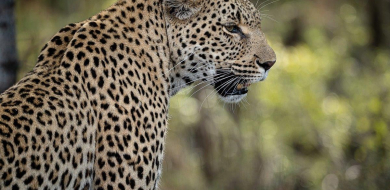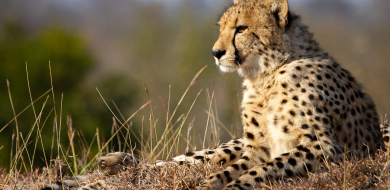Get Low
on Apr 12, 2016Life, with all its wonders, is all about perspective and so too is photography.
Getting down to the ground level with your subject can make the biggest difference to the effect a photograph has on its audience and this concept holds true for all kinds of photography, not just the wildlife variety. Being on ground level with an animal often brings you down to their eye level and this can be a powerful tool in drawing in your viewers, because they will feel like they’re there in that moment with that particular animal. Getting low also helps to separate your subject from the background in a much more effective way, creating a very pleasing ‘bokeh’ (Blurred Background).
It is often quite difficult to achieve this look in most wildlife situations unless you are in the company of a professional Guide who can accompany you off a vehicle and keep an eye out for danger while you focus on your photograph. You also wouldn’t be doing this in the vicinity of potentially dangerous animals for obvious reasons; so how would you achieve this effect.
- A telephoto lens. The longer the lens the better in this regard as it creates the illusion of being lower to the ground than you actually are, especially if you’re a fair distance away from your subject.
- Sit as close to the driver of the vehicle as possible, usually the row directly behind the Guide is best as being next to him/her might only give you a great view of the Tracker sitting on the front of the vehicle.
- Look for natural depressions or elevations in the landscape that will help you position yourself in such a way that your subject appears to be on ground level with you. This is usually the best way to achieve this effect without having to actually leave the vehicle.
- Get down and dirty. Where situations allow, with safety always being the biggest concern as well as impacting on an animal’s behavior, get down on the ground and take your picture. Sure you may very well ruin your clothing for the day, but you may also get an unbelievable image in the process, as well as having a great story to share with your friends about how you got the photo.
Don’t be afraid to explore these techniques in your backyard or public park, photographing your children or pets. Test the results for yourself and let us know how they worked out. Below I have some examples with the settings used for each image.
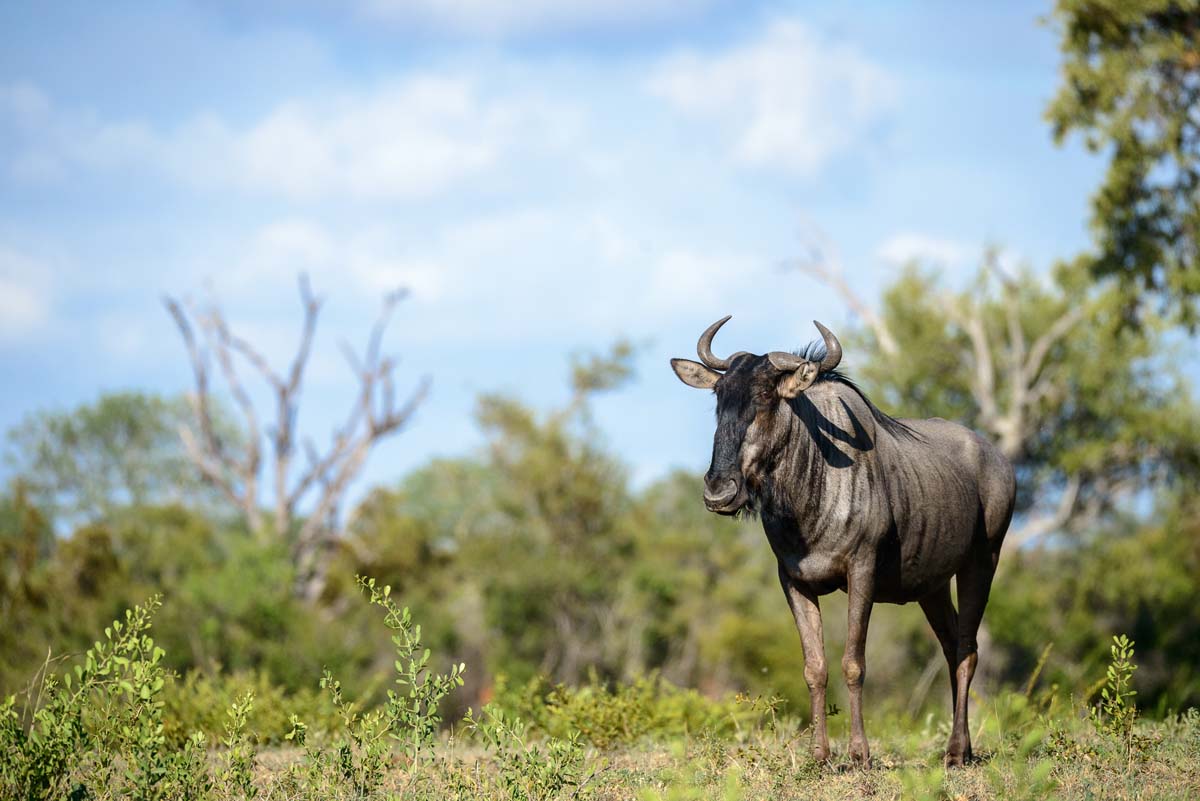
Nikon D750 & Sigma 150-600mm f6.3 Sport Lens
Shutter Speed: 1/2500 sec @ F7.1
ISO: 500
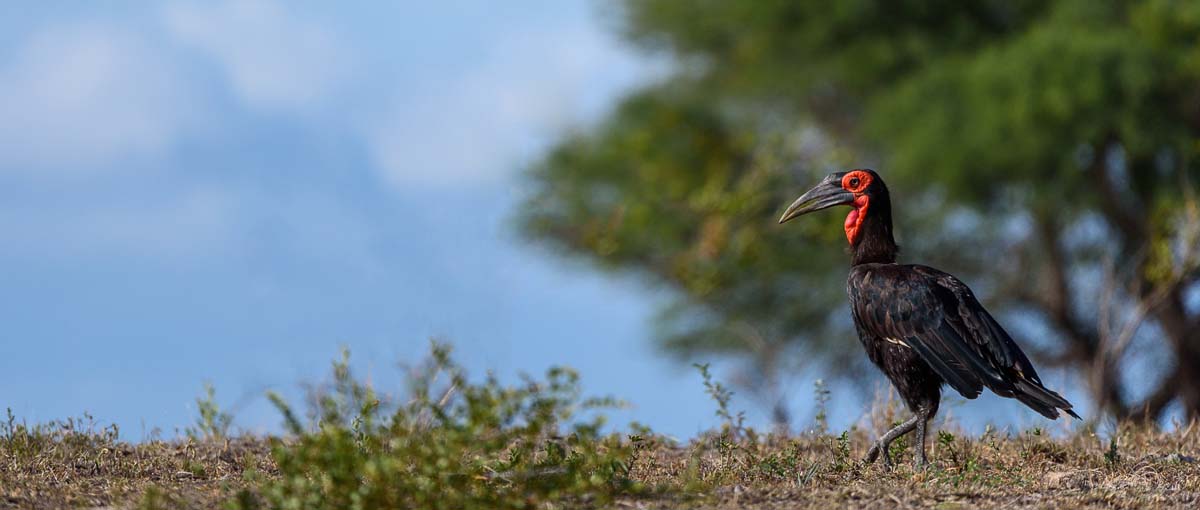
Nikon D750 & Sigma 150-600mm f6.3 Sport Lens
Shutter Speed: 1/1600 sec @ F8
ISO: 400
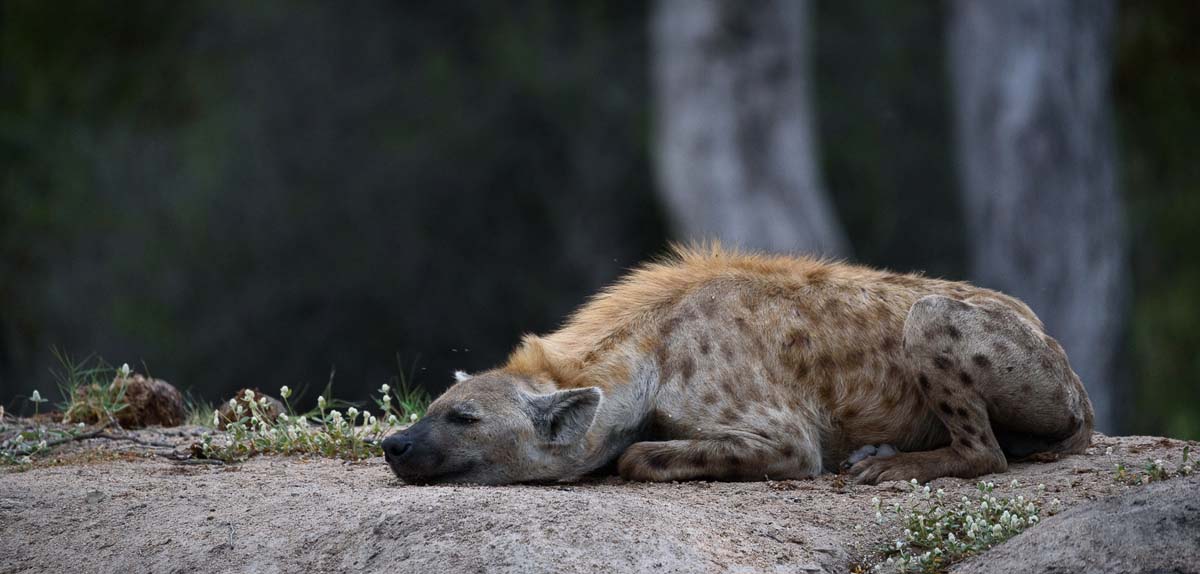
Nikon D750 & Sigma 150-600mm f6.3 Sport Lens
Shutter Speed: 1/500 sec @ F7.1
ISO: 2000
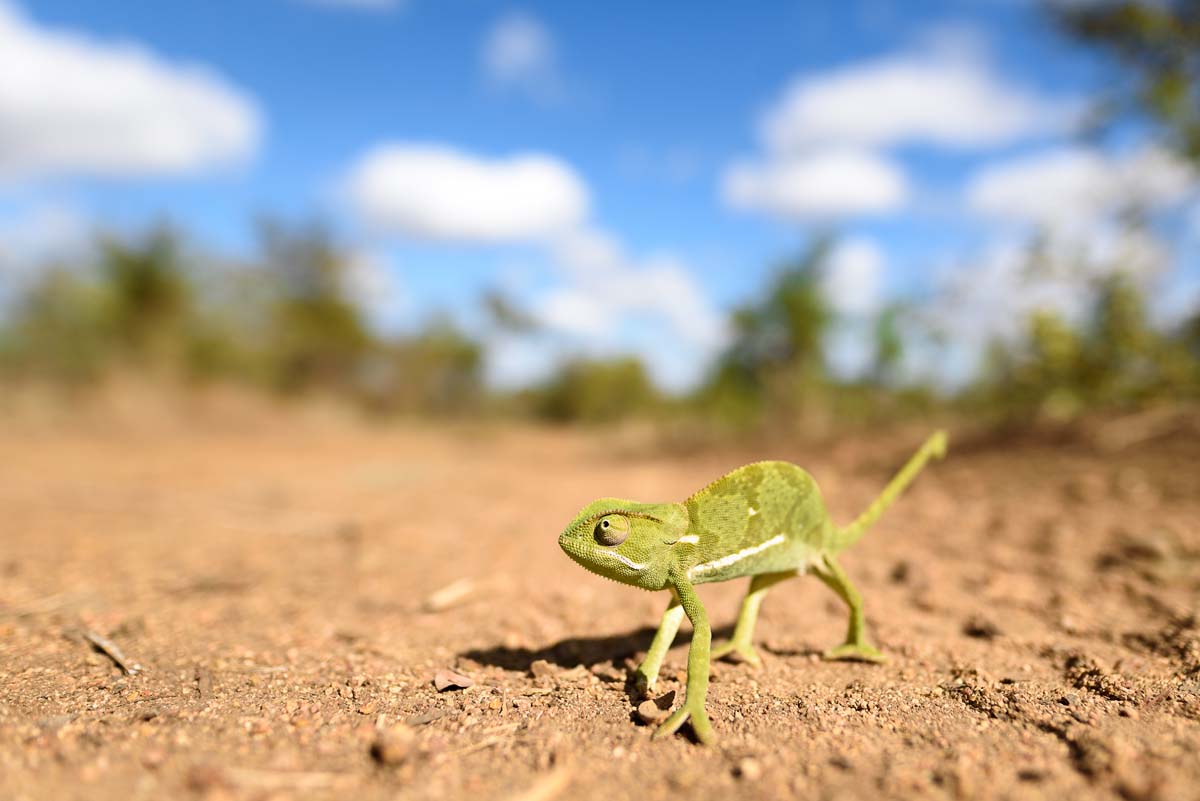
Nikon D800 & Sigma 20mm f1.4 Art Lens
Shutter Speed: 1/4000 sec @ F2
ISO: 100
Until next time...stay focused!
Mike Palmer

